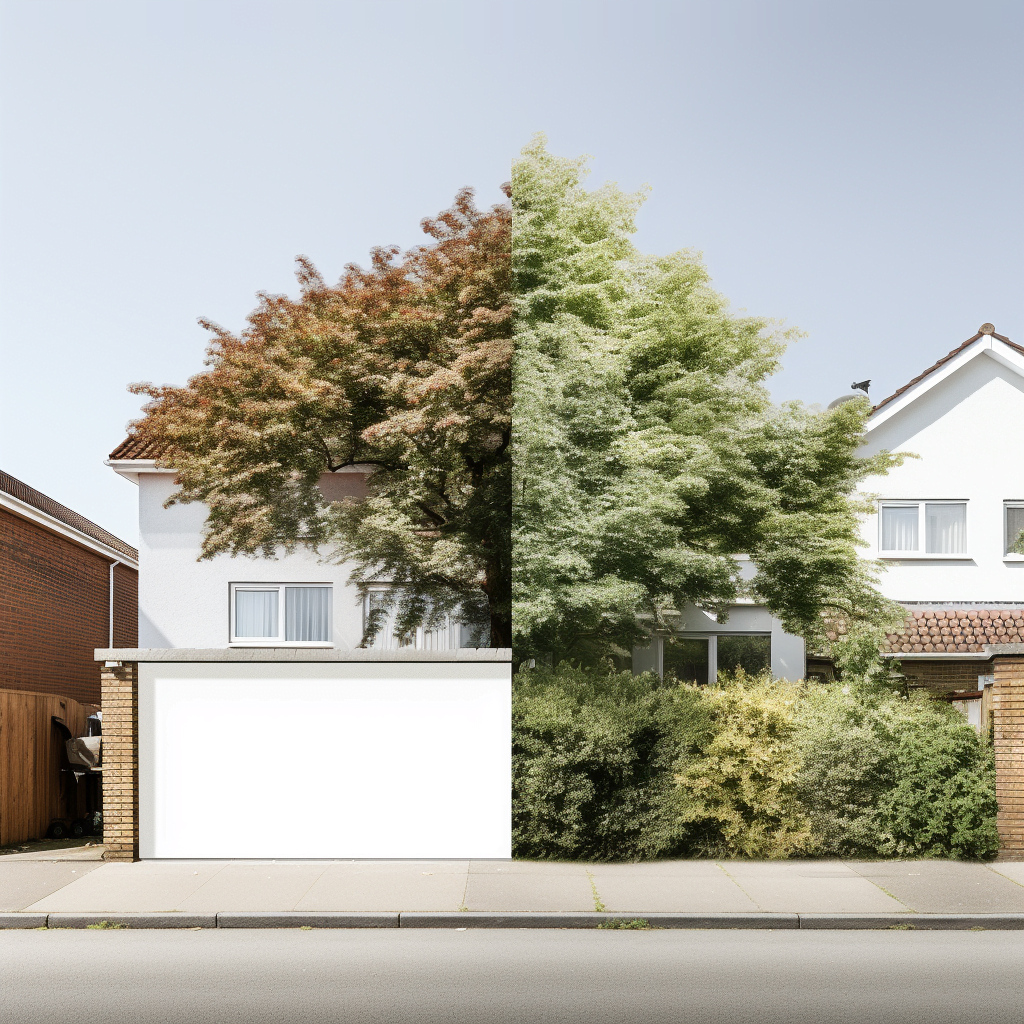Introduction
- Brief overview of the issue of overhanging trees and shrubs.
- The significance of understanding property boundaries and rights.
The Legal Perspective
- The legal stance on overhanging trees and shrubs.
- Rights and responsibilities of property owners.
Common Disputes and Their Causes
- Damage to property due to overhanging branches.
- Obstruction caused by overgrown trees and shrubs.
- The nuisance of leaves and debris on neighbouring properties.
Addressing the Issue: Steps and Recommendations
- Communication with the neighbouring property owner.
- Seeking professional advice.
- Mediation and conflict resolution.
The Cost Implications
- Who bears the cost of maintenance or removal?
- Financial implications of legal disputes.
Prevention and Proactive Measures
- Regular maintenance and tree trimming.
- Understanding and respecting property boundaries.
- Building good relationships with neighbours.
Conclusion
- The importance of addressing overhanging trees and shrubs disputes amicably.
- Encouraging proactive measures to prevent future disagreements.
Introduction
Overhanging trees and shrubs have long been a point of contention between neighbours. While they add beauty and greenery to our surroundings, they can also lead to disputes when they cross property boundaries. Understanding the intricacies of property rights and the responsibilities that come with them is crucial to navigating such disagreements.
The Legal Perspective
In the UK, the law is clear about overhanging trees and shrubs. If a tree or shrub from one property overhangs onto another, the owner of the affected property has the right to trim back any branches or roots that cross the boundary. However, they must not trespass onto the tree owner’s property to do so and should ideally return the cut branches.
The tree owner, on the other hand, may be liable for any damage caused by their tree, especially if they were aware of the potential harm and did nothing to prevent it.
Common Disputes and Their Causes
Several issues can arise from overhanging trees and shrubs:
- Damage to Property: Overhanging branches can cause physical damage, especially during storms or high winds. This can range from broken windows to more severe structural damage.
- Obstruction: Overgrown trees can obstruct views, pathways, or even block light, leading to disagreements.
- Nuisance: The continuous dropping of leaves, twigs, and other debris can be a significant annoyance, leading to extra maintenance work for the affected neighbour.
Addressing the Issue: Steps and Recommendations
Before taking any drastic measures, it’s essential to approach the situation with understanding and diplomacy:
- Open Communication: Initiate a conversation with your neighbour. More often than not, they might be unaware of the issue.
- Professional Advice: If you’re unsure about your rights or the health of the tree, seek advice from a tree surgeon or legal professional.
- Mediation: If direct communication fails, consider mediation. A neutral third party can help both sides come to an agreement.
The Cost Implications
The financial aspect of overhanging trees can be complex:
- Maintenance or Removal: Generally, the person who owns the tree is responsible for its maintenance. However, if it overhangs another property, the affected neighbour can trim it but at their own expense.
- Legal Disputes: If the issue escalates to a legal dispute, the costs can be substantial, including legal fees, potential damages, and more.
Prevention and Proactive Measures
Prevention is always better than cure:
- Regular Maintenance: Regularly trim and maintain your trees and shrubs. This not only prevents disputes but also keeps the trees healthy.
- Know Your Boundaries: Ensure you’re aware of your property boundaries. Plant new trees and shrubs well within your property lines.
- Good Neighbourly Relations: Building a good relationship with your neighbours can prevent many disputes. Regular communication and understanding can go a long way.
Conclusion
While overhanging trees and shrubs can lead to disputes, understanding your rights and responsibilities, combined with open communication, can help resolve most issues amicably. It’s always best to approach such situations with empathy and understanding, ensuring peaceful coexistence with our neighbours.
Note: This article is intended for informational purposes only and does not constitute legal advice. Always consult with a legal professional before taking any action.

